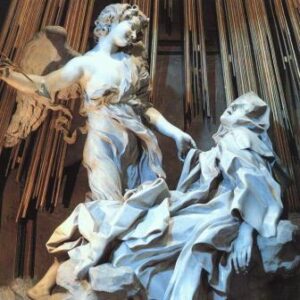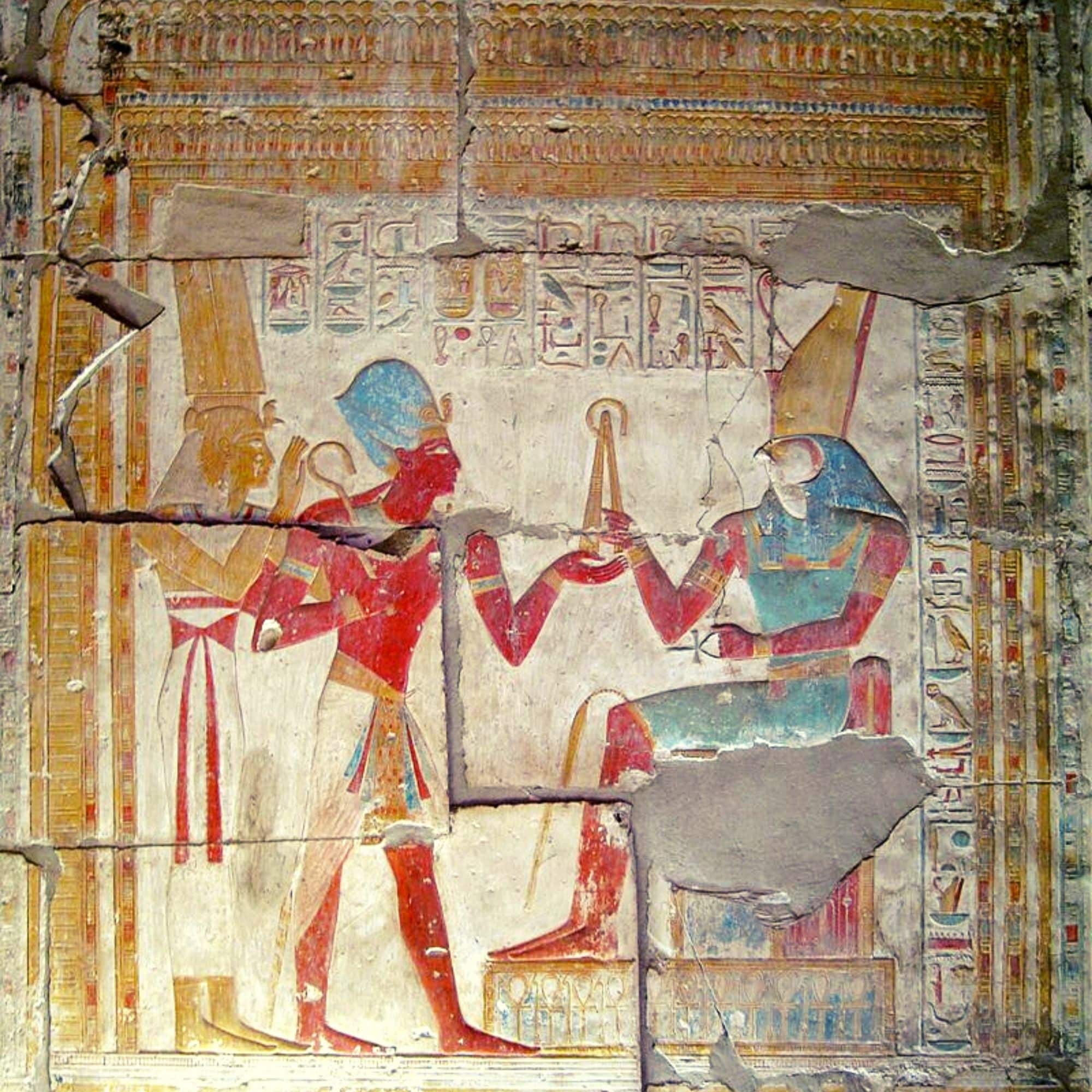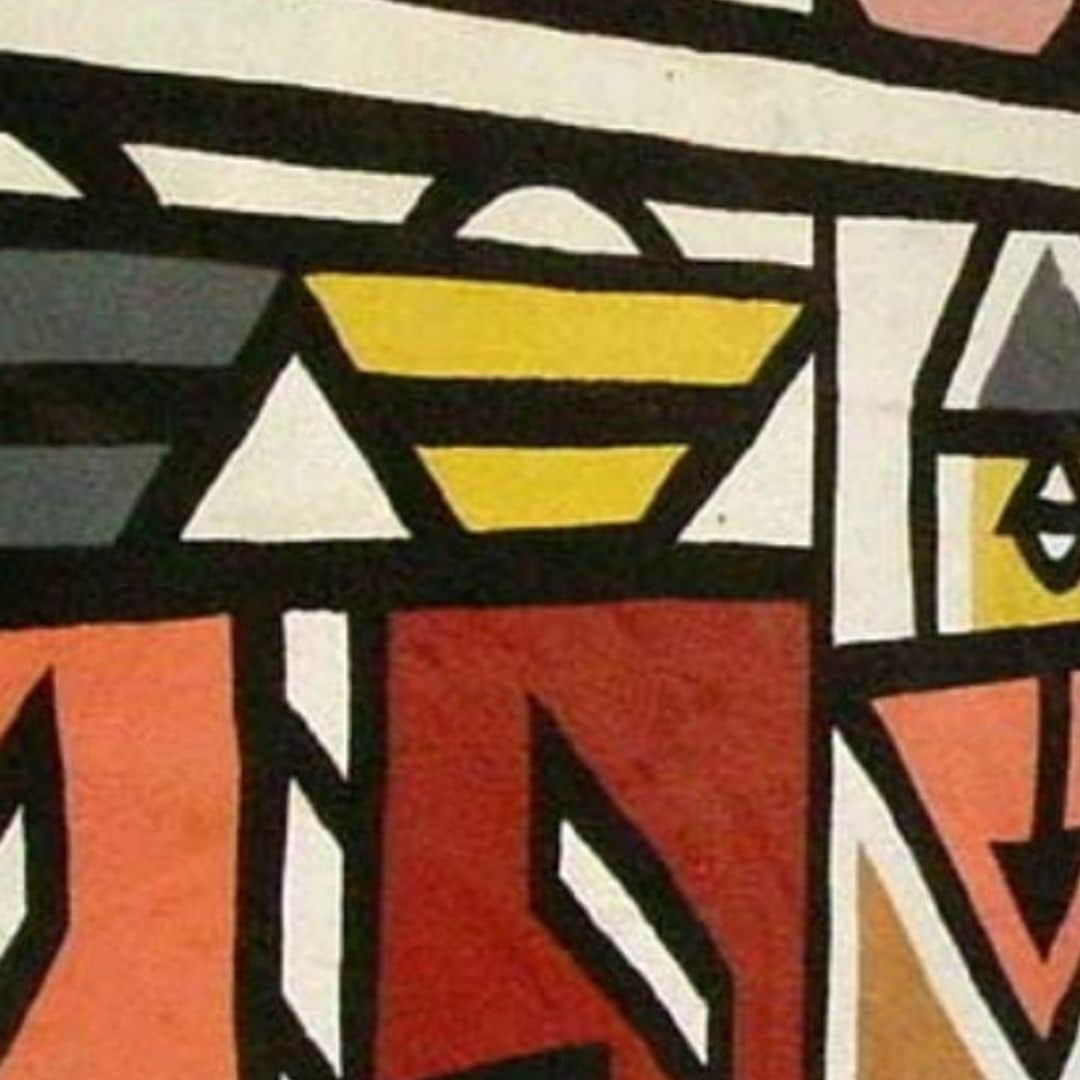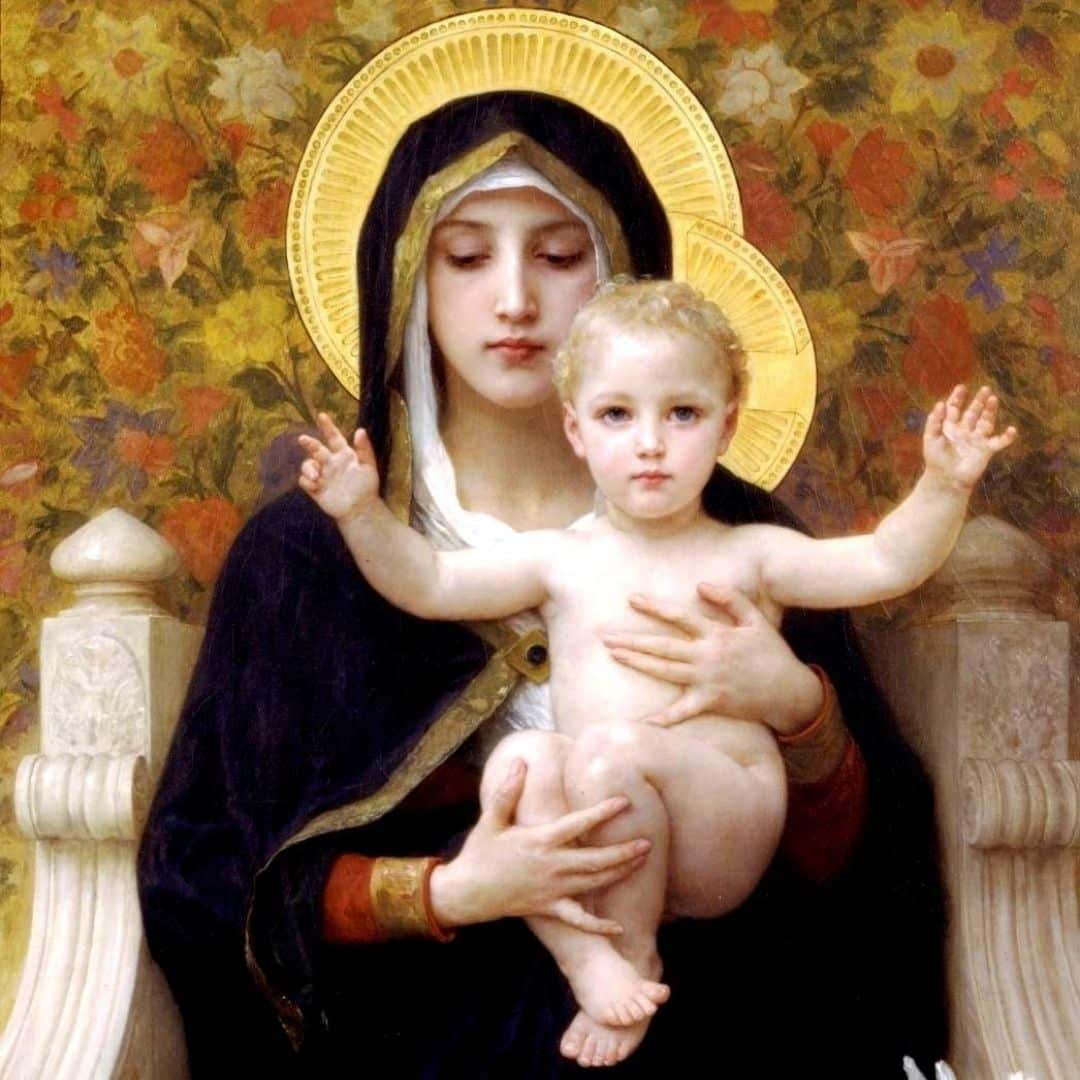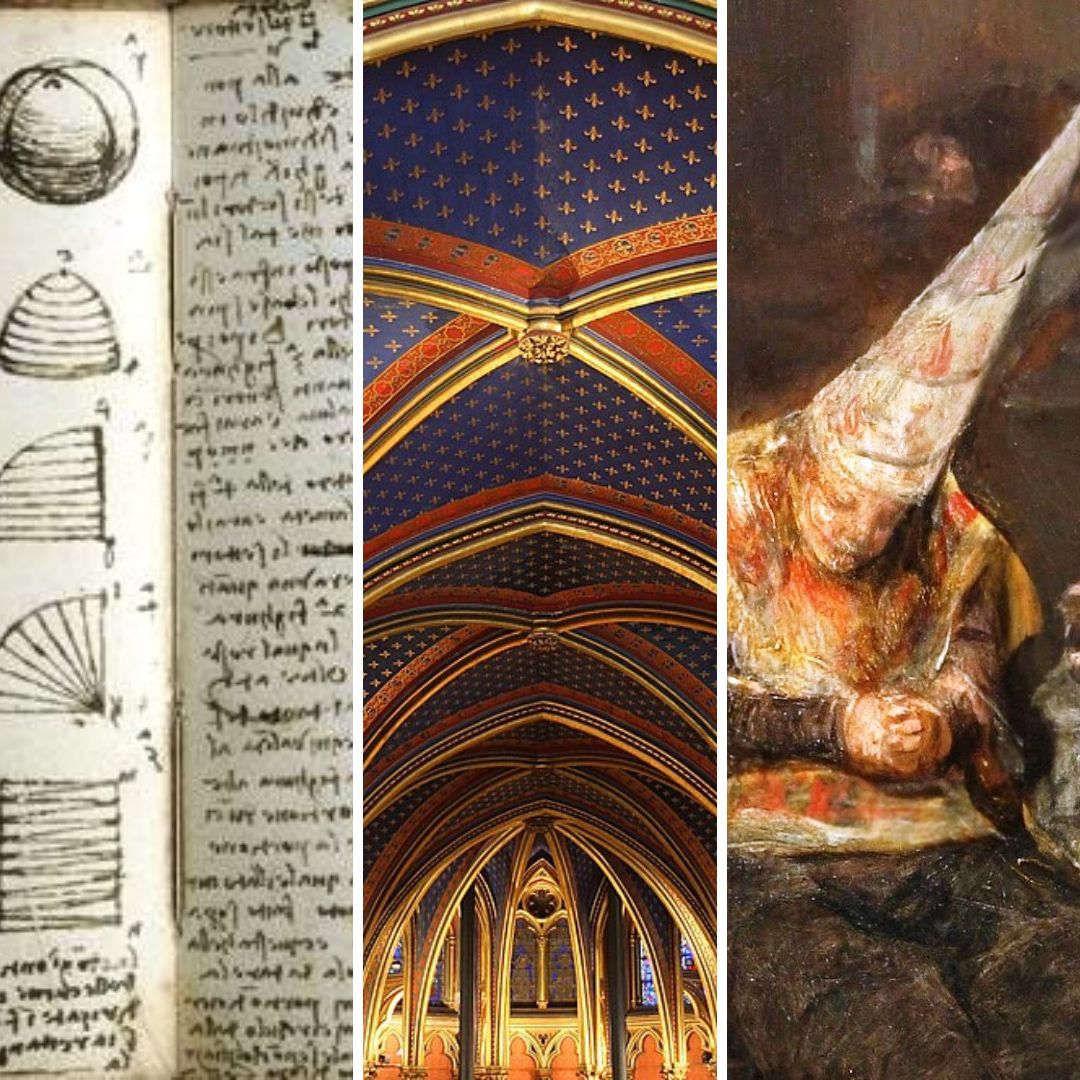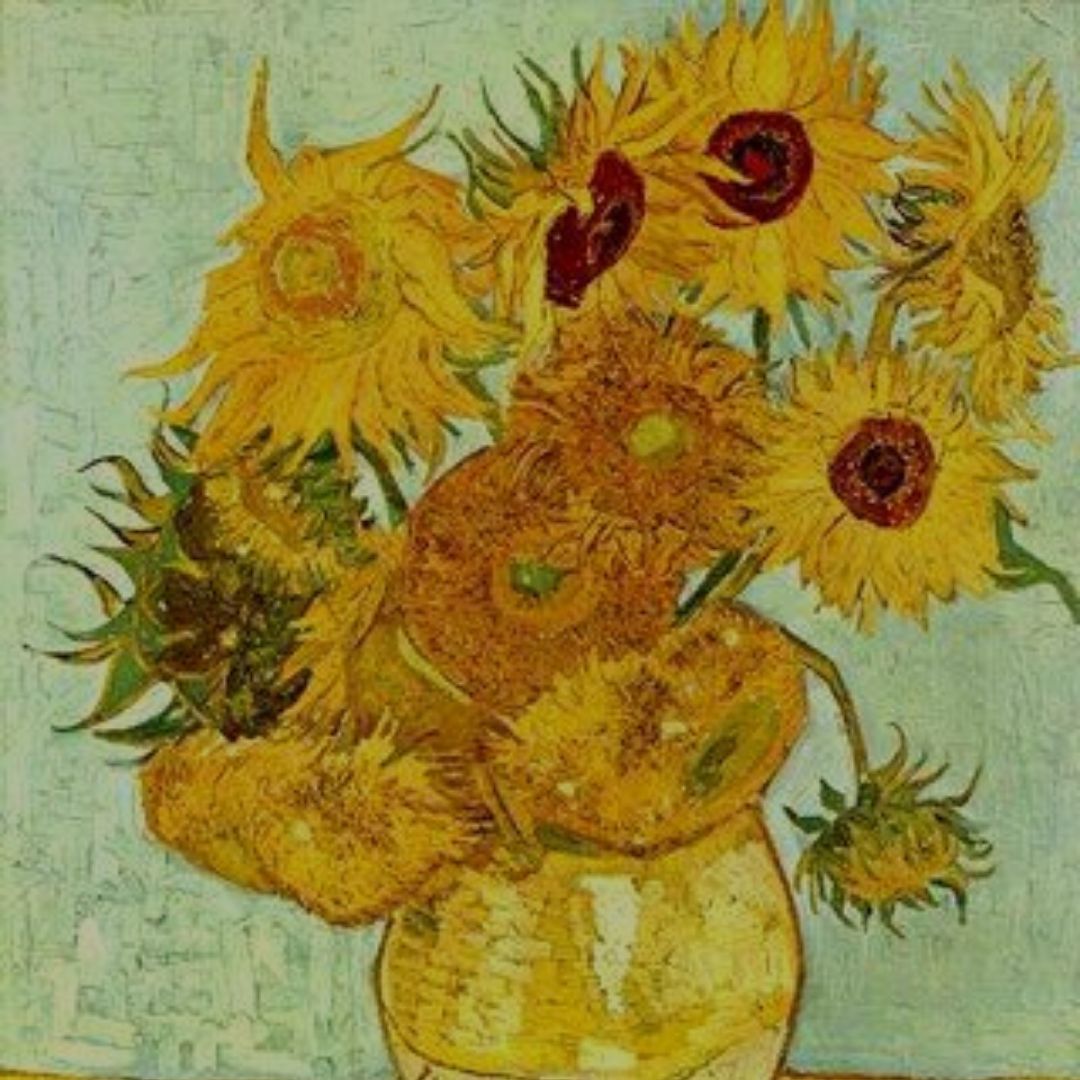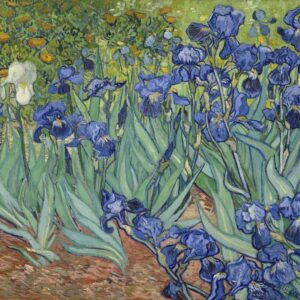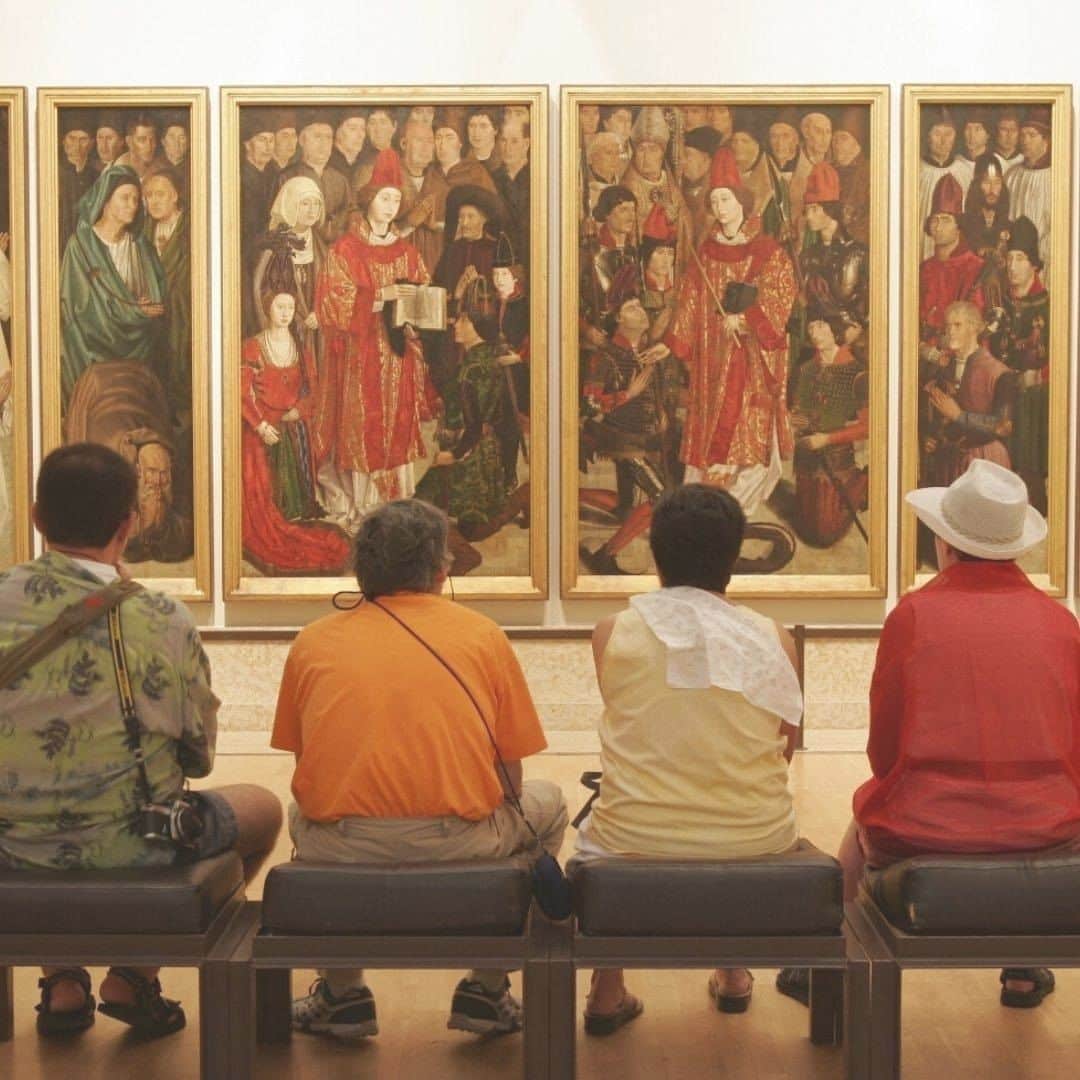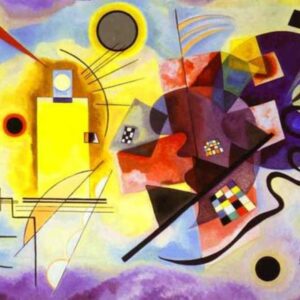It is common in Art History to talk about art styles. But what does this expression actually means?
It is important to remember that when we talk about art styles we are referring to categories created later to better define, analyze and study certain historical periods, artists or forms of expression.
Art styles are then, first and foremost, a process of “grouping” for purposes of study and analysis. And they can be used to designate and define various types of situations.
Style is a broad term that includes the following elements, when considered from the historical point of view …
Stylistic Period
Aesthetic movements, currents, periods and events, located within a specific historical period of time.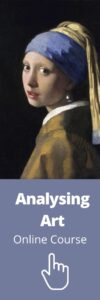
Examples:
Art Styles example – Renaissance
Period of european history centered between the end of the 14 th century and the end of the 16 th century.
Characterized by the rediscovery of the aesthetic values of Classical Antiquity, based on harmony and proportion.
Beginning in Italy, and spreading to the rest of Europe by the 16th century it had a huge influence on the history of art.
It was expressed in painting, sculpture, architecture, philosophy, literature.
The artistic expressions of this artistic style were very varied and there were many genius artists during this period.
The guiding line of the Renaissance was the inspiration in Classical Antiquity and the humanistic vision.
An emblematic image of this period
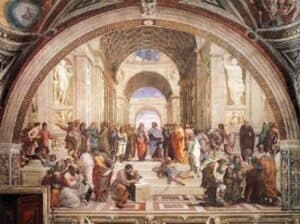 School of Athens – Rafael (Vatican, 1509).
School of Athens – Rafael (Vatican, 1509).
Art Styles example – Baroque
The art produced, roughly, between the seventeenth century and the first decades of the eighteenth century.
An aesthetic language based on movement, contrast and grandeur.
The baroque spread, above all, throughout Europe and Latin America, with a different expression according to the geography and chronology in which it emerged.
The emergence of the Baroque is inseparable from the Counter-Reformation movement in which the Church sought to bring believers closer together or to reconnect them, after the estrangement felt following the Protestant Reformation.
Thus, the Baroque was, in part, a language at the service of the Church.
An emblematic image of this period
The Ecstasy of Saint Teresa, Bernini, 1647-1652 (Capela Cornaro Church Santa Maria della
Vittoria, Roma)
Style / School
Art Styles can also be aesthetic and formal manifestations common to certain groups, whether or not showing national and / or geographical variation of style.
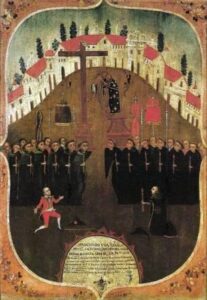 Ex-voto from the city of Cordoba. unknown author – Spanish school (Córdoba, 1640).
Ex-voto from the city of Cordoba. unknown author – Spanish school (Córdoba, 1640).
Artist’s style
The permanent features of a particular artist.
These may vary or not over time.
The style relates the form with technique and the choice of expression of the artist.
Art Styles / artist – Examples
Van Gogh
Van Gogh uses lines marked with intense strokes throughout his entire career.
These are defining his own and unique style.
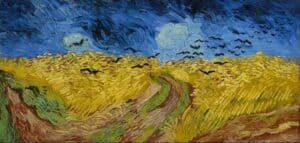 wheatfield with crows – Van Gogh
wheatfield with crows – Van Gogh
Caravaggio
He used in his works elements that are identifiers of his style.
Light and shadow games, veracity and rawness in the interpretation of the themes and in the way of portraying the characters.
The models for his paintings were ordinary people even when he depicted religious scenes.
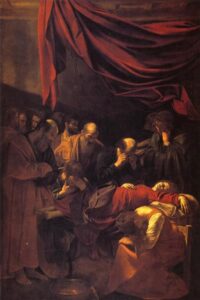
The death of the Virgin, Michelangelo Merisi da Caravaggio
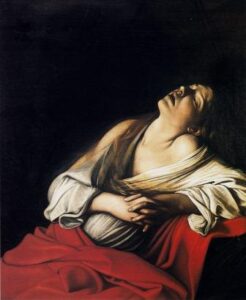
Mary Magdalen in Ecstasy (1606)
We can also consider within these great concepts specific techniques created by a particular artist.
For example, in the Baroque, the characteristic tenebrism of Caravaggio.
Still talking about artistic styles, we can refer to influences that particularly inspired an artist or an era.
For example, the japonism inspired by the Japanese prints Ukiyo e that Vincent van Gogh liked so much.
Watch the video



